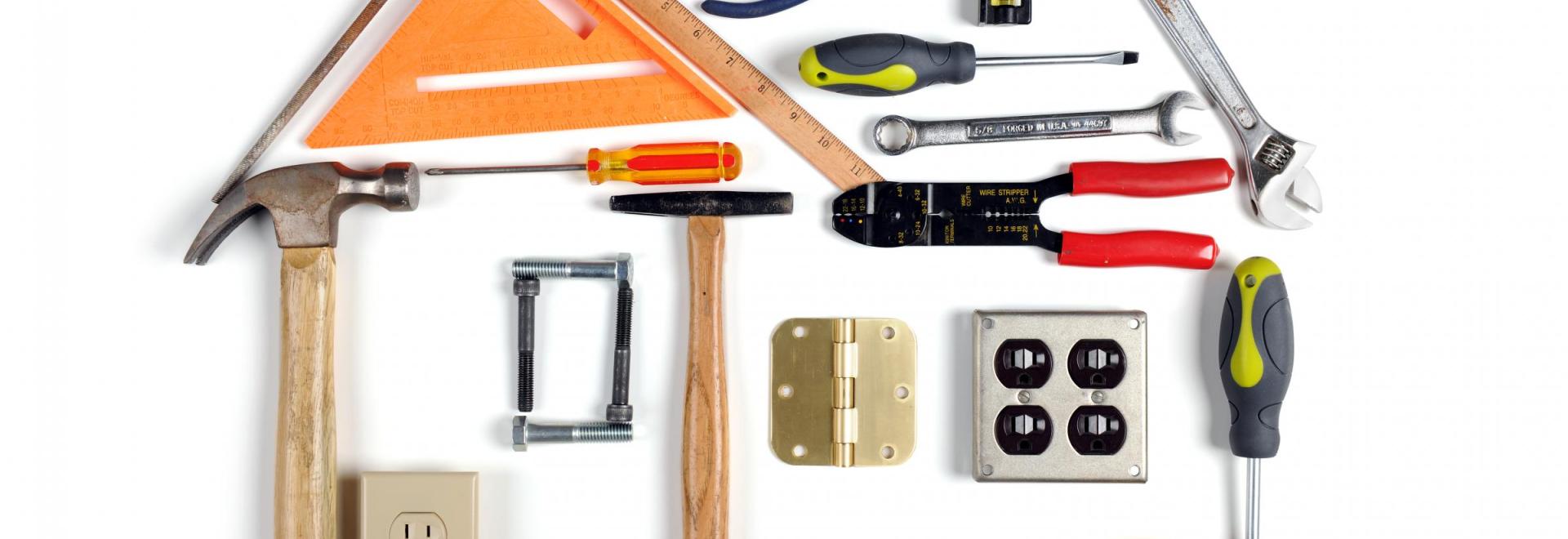
Pippin Brothers Home Services happily services the Greater Lawton, Fort Sill, and Duncan, Oklahoma area. If your house is uncomfortable; wasting energy; has plumbing problems or if you want to avoid breakdowns or verify everything in your home is working as it should, give us call at 580-699-5662. We've already helped many of your neighbors, and would be honored to help you.
If you’re not familiar with what a condensate drain is, you’re not alone. When it comes to cooling your home during the hot summer months, however, having a clear condensate drain is essential. Homeowners in Lawton, OK owe it to themselves to ensure that their AC’s condensate drains are clear, but it’s not always easy to tell whether or not there is a problem.
At Pippin Brothers, we want each and every customer we serve to enjoy true home comfort this summer. Is your AC not cooling your home properly? It may be the result of a blocked condensate drain—here’s what you need to know:
What is a Condensate Drain?
Let’s take a moment to explain what happens to your AC when it’s turned on. As the unit pulls hot, humid air from your home, it is conditioned by passing across cold refrigerant lines. This temperature clash results in a buildup of condensation, which must be removed in order for the AC to function properly. A critical component in any air conditioning system, the condensate drain works to remove water from the AC unit’s evaporator coils.
When everything is working properly, excess condensation never forms or becomes a problem. Once the condensate drain gets blocked, however, this buildup of condensation can result in a number of issues that can be detrimental to the health and longevity of your AC. Signs of a blocked condensate drain include:
Water Visibly Leaking from the Unit
Increased Indoor Humidity Levels
Unfamiliar Smells/Odors Due to Mold/Algae Buildup
Unfortunately, this problem will only get worse if ignored, which is why it’s important to act the moment you think you may have a blocked condensate drain on your hands.
Steps for Repairing a Blocked Condensate Drain
First, turn off your HVAC system’s power at both the thermostat and breaker.
Next, look for the condensate pan underneath your indoor air handler (or furnace and coil), which is usually found in a closet or your attic. Standing water indicates a clogged drain in most cases, which can usually be cleared via suction with a shop vacuum.
Next, find the drain line’s access point, which is usually characterized by a T-shaped vent with access cover or fernco coupling (rubber hose with clamps).
Remove access cover of disconnect fernco coupling on one end.
You can then flush the drain with distilled vinegar, which will kill any mold/algae that has built up.
Allow the solution to sit for 30 minutes before completing the cleaning by flushing with water.
Replace access cover or reattach drain with a fernco coupling if applicable.
An alternative method for clearing a clogged drain is to blow out the drain with a high volume of compressed air.
If you don’t have a floor or ceiling kit, drain the pan with a secondary drain line and triple protection safety switches to shut off your equipment in the event of a clogged drain. This can help prevent a drain failure from flooding your house. Having a Precision Tune-up and Professional Cleaning performed by a licensed and NATE certified technician once a year can help prevent a clogged condensate drain and help you avoid possible catastrophic water damage and biological growth.